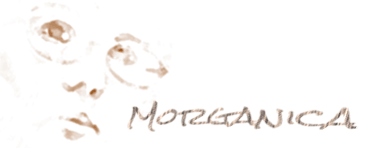Firing schedules, untangled (part I)
cynthia+2020-12-26T15:13:48-08:00Firing schedules are probably the single biggest source of confusion in kilnforming glass. Over the years (and a bunch of research, testing and listening to smarter-than-me glassists), I've developed strategies for schedule management; this series will share a bit. As always, this stuff is based on MY experience, with my designs, my technical considerations and my understanding. I don't promise [...]





